There is a diverse world of perennial plants that also provide edible harvests. The abundance of food you can grow in the yard is quite astounding. Beyond the basic apple trees, raspberry bushes, and other well-known and popular garden landscape edibles, there are also perennial herbs, vegetables, nuts, and berries that enhance the home garden exponentially.
Creating an edible food landscape at your home doesn't mean you just have to plant things to produce a harvest. And, it doesn't mean you have to have a considerable space to do it. You can easily include just a few of these edible perennial plants in whatever area is available. Many plants don't need much space at all and can be easily interplanted with other annuals and perennials.
Jump to:
- 8 Benefits of Planting Edible Perennials
- The Downsides of Edible Perennials
- 23 Best Edible Perennials
- Asparagus (Asparagus officinalis)
- Grapes (Vitis)
- Rhubarb (Rheum rhabarbarum)
- Chives (Allium schoenoprasum)
- Garlic Chives (Allium tuberosum)
- Strawberries (Fragaria x ananassa)
- Egyptian Onions (Allium cepa var. viviparum)
- Lovage (Levisticum officinale)
- Horseradish (Armoracia rusticana)
- Salsify (Tragopogon porrifolius)
- Sorrel (Rumex acetosa)
- Elderberry (Sambucus canadensis)
- Jerusalem Artichoke (Helianthus tuberosus)
- Fiddlehead Fern (Ostrich Fern)
- Watercress (Nasturtium officinale)
- Groundnut (Apios americana)
- Cardoon (Cynara cardunculus)
- Sea Kale (Crambe maritima)
- Good King Henry (Chenopodium bonus-henrius)
- Nuts: Almonds, Hazelnuts, Walnuts, Chestnuts
- Herbs: Rosemary, Oregano, Thyme, Sage, Mint
- Berry Bushes: Raspberries, Blackberries, Blueberries
- Fruit Trees: Pears, Peaches, Plums, Apples, Apricots, Cherries
8 Benefits of Planting Edible Perennials
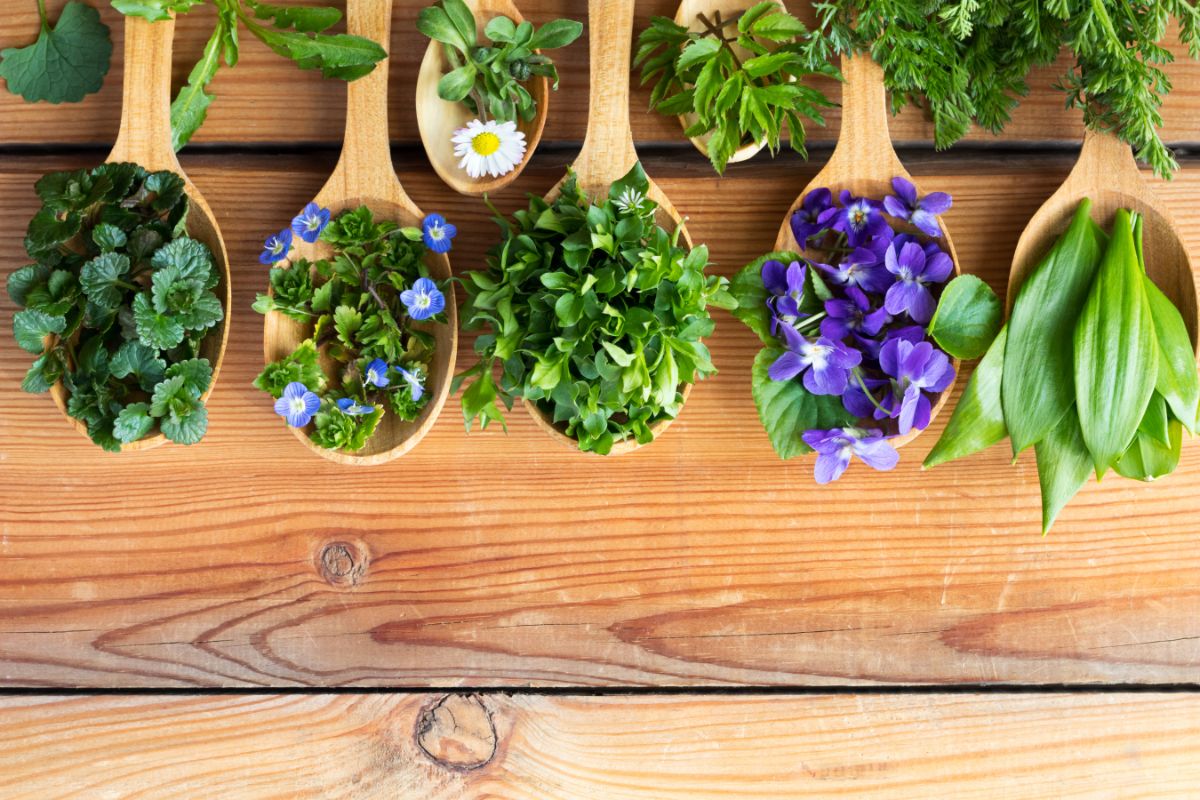
- You only have to plant perennials once, and they produce for years and possibly decades.
- Growing a varied collection of edible perennial plants saves money on groceries year after year.
- Edible perennials are generally low maintenance; they need only minimal upkeep once established.
- Perennials improve soil quality; the roots prevent erosion, and the plants add valuable organic material to the soil.
- Many perennials provide valuable habitats for wildlife, including birds and mammals. A wide range of pollinating insects, like bees and butterflies, seek out long-term shelters they can turn into a home. As more and more habitats are lost due to deforestation, anything we can do helps.
- Planting edible perennial plants extends the harvest season beyond what annual plants provide.
- Perennials are excellent, diverse, multi-faceted plants that provide food and look nice in the landscape. Many perennial plants can be used as hedges, borders, groundcover, and even control erosion.
The Downsides of Edible Perennials
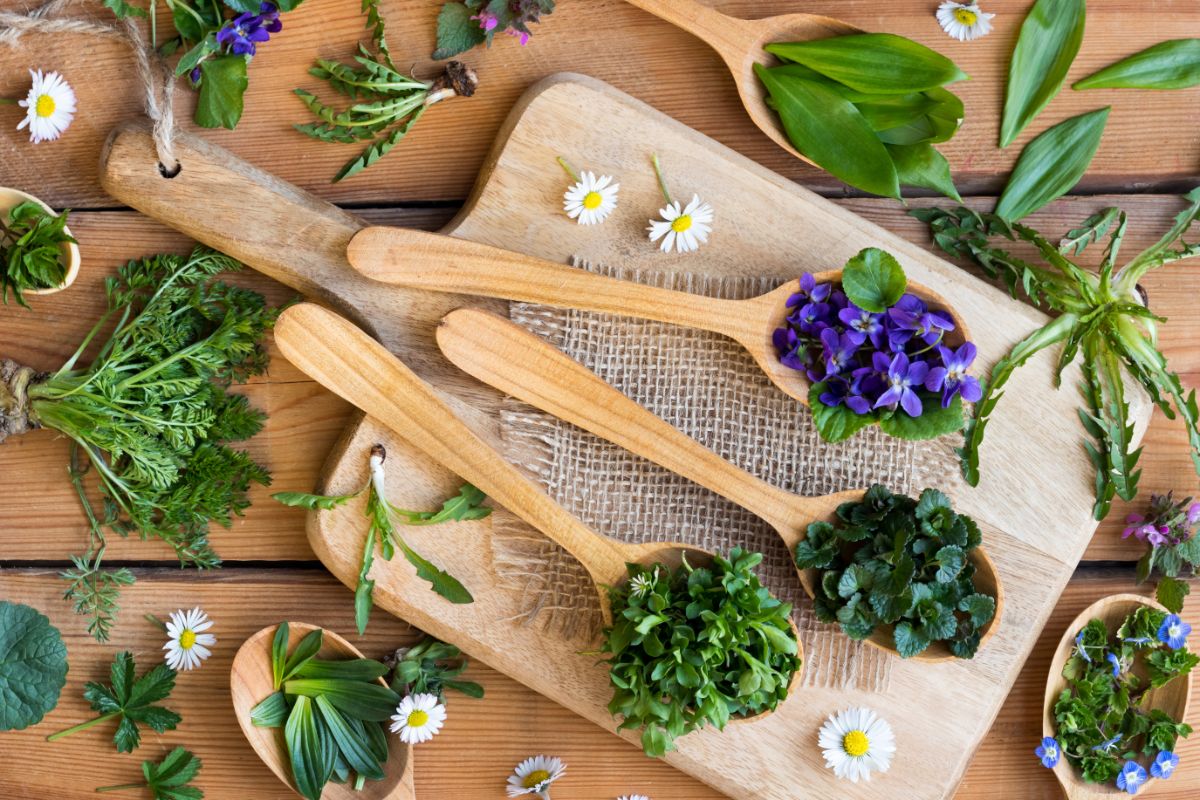
Nothing is perfect, and perennial plants are no different. There are, of course, some downsides to planting perennials. However, they're not precisely downsides if you know them in advance. It's just a matter of understanding the situation and knowing what to expect.
- A large number of perennial plants are slow to establish. This means it may take several years before they produce any edible harvest. Or at least a significant one. The years needed to reach maturity and food production varies by perennial. On the upside, it's a great way to practice patience!
- Several perennials grow so easily they can become problematic and may try to take over the garden or push out other plants. A little education about the perennial plants goes a long way; be sure you clearly understand the exact growth habit of each plant before you add it to the landscape.
- Perennials are permanent. Their location needs to be planned with this in mind.
- Due to their permanence, perennial plants also suffer unique pest and disease issues. Crop rotation and other methods for reducing pests won't work. This means it may take a stricter effort to resolve the problem or infestation if it occurs. Tip: Native perennials are less likely to suffer pests and diseases.
23 Best Edible Perennials
Asparagus (Asparagus officinalis)

This edible perennial plant takes a bit of effort to get established, and it requires significant space, but once it's there, it's there to stay. Asparagus plants regularly produce stalks for a decade or more. This perennial is easy to source, making it an excellent choice for the edible landscape.
Asparagus plants take 3-4 years to fully establish and produce consistently. A vegetable dating back to Greek and Roman times, asparagus is excellent raw, sauteed, roasted, and steamed.
Hardy to zones 2-11
Grapes (Vitis)
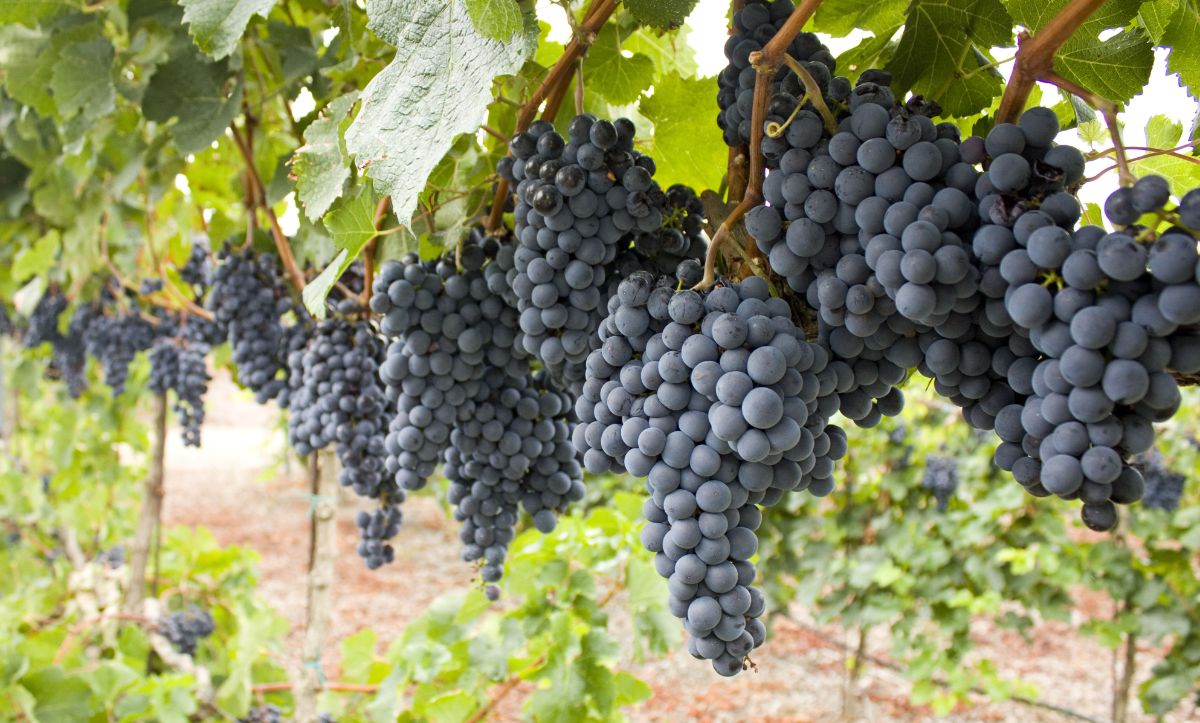
There is a vast world of grape cultivars to choose from, and they make a sweet and tasty addition to the landscape. Not only do they produce delicious fruit, but grapevines also add a pleasant rustic aesthetic. And, of course, grapes make the best wine!
Grapes are easy to grow if you start with bare-root, which is how grapes are usually propagated. It takes several years for vines to produce viable fruit, so you have to have patience. Once they're established, though, vines can live for decades producing excellent crops every year.
Hardy to zones 4-10
Rhubarb (Rheum rhabarbarum)

A hardy plant that thrives for decades, Rhubarb is a much-beloved edible perennial. Rhubarb is native to Siberia and China but is widespread as a cultivated plant across the globe. Even though it is everywhere, many people in North America still have never tried it. If you are one of those, now is the time to change that!
Rhubarb is known for its very tart flavor, but add a little sugar and spices, and you've got a delicious ingredient for pies and sauces. This perennial needs a good freeze every season to thrive, which means it isn't a viable choice for warm climates. It grows wonderfully in a sunny location off to the side of the yard or garden, rarely needing any attending.
Hardy to zones 6 and below
Chives (Allium schoenoprasum)
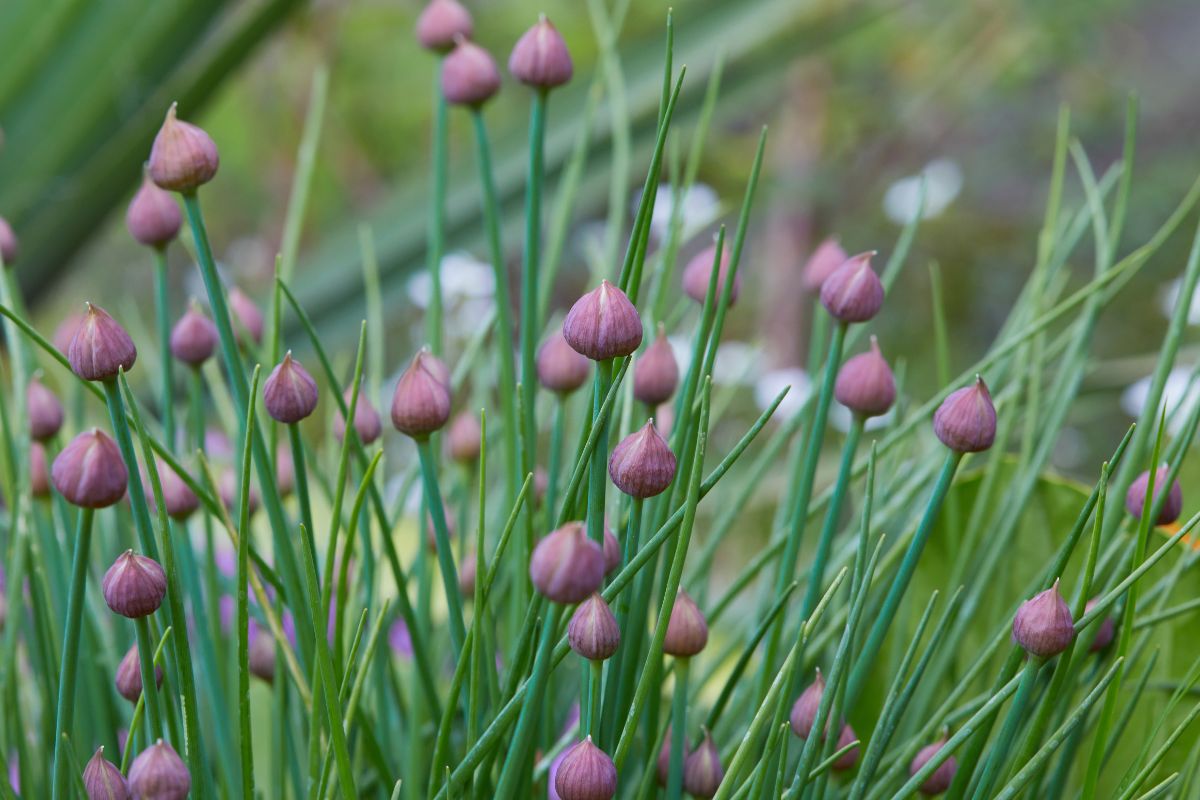
A native North American perennial, Chives are valuable to any edible landscape. They're simple to grow and happily spread in dense patches. The entire plant is edible, including the leaves and flowers. Chives have been cultivated since the Middle Ages, and they were believed to have medicinal properties.
Garlic Chives (Allium tuberosum)
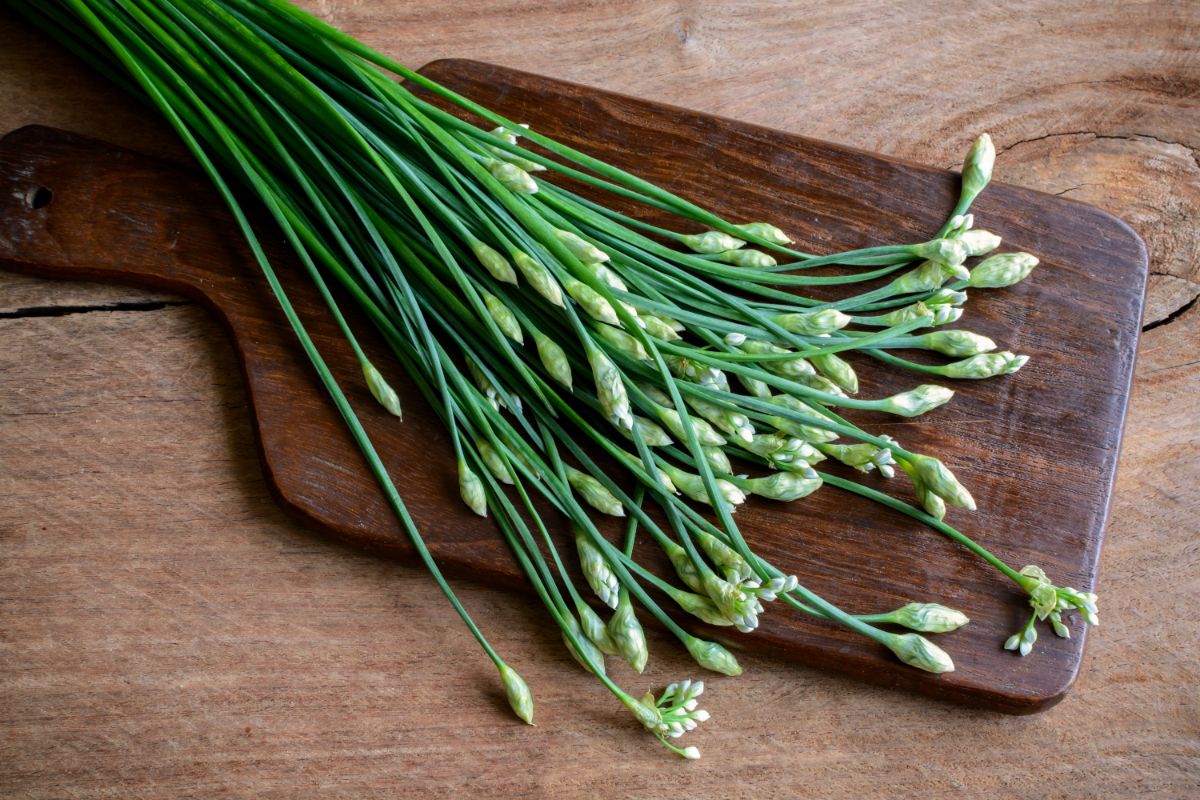
With a flavor like a cross between garlic and onions, Garlic Chives are a garden treasure. Perennial garlic chives grow in clumps and propagate easily and quickly. They can be invasive, so keep the plants confined to a container or pot to restrict them.
Garlic chives leaves and flowers are edible and used to flavor all types of dishes around the globe. They're also valued for their ornamental appeal; the flowers are charming and abundant.
Hardy to zones 3-9
Strawberries (Fragaria x ananassa)
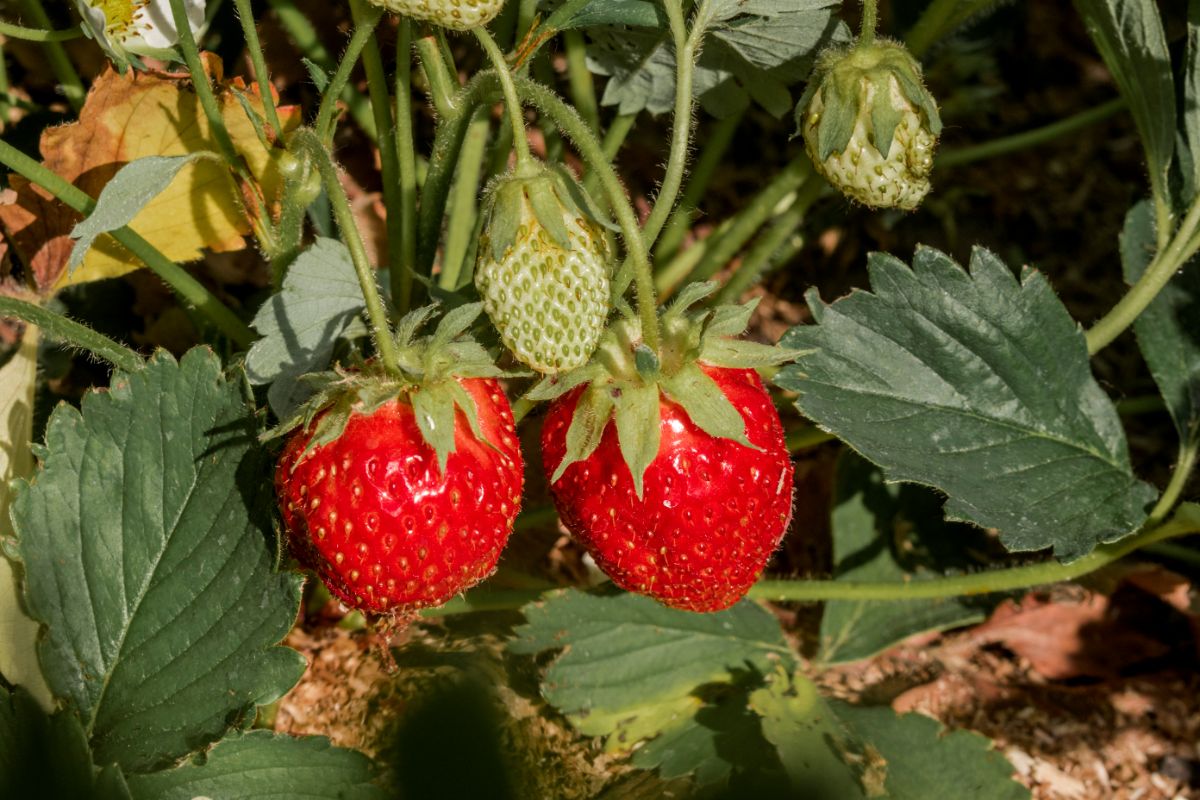
So easy-to-grow and so insanely delicious, no edible landscape is complete without strawberries. The delightful red berries (which aren't actually berries) are available as June-bearing or Everbearing. Both types send runners out so that the strawberry patch will expand on its own.
Strawberry plants are readily available in garden centers and box stores, and their care is minimal. Even if you don't have a lot of garden space, strawberries grow excellently in containers or planter boxes.
Hardy to zones 5-8
Egyptian Onions (Allium cepa var. viviparum)
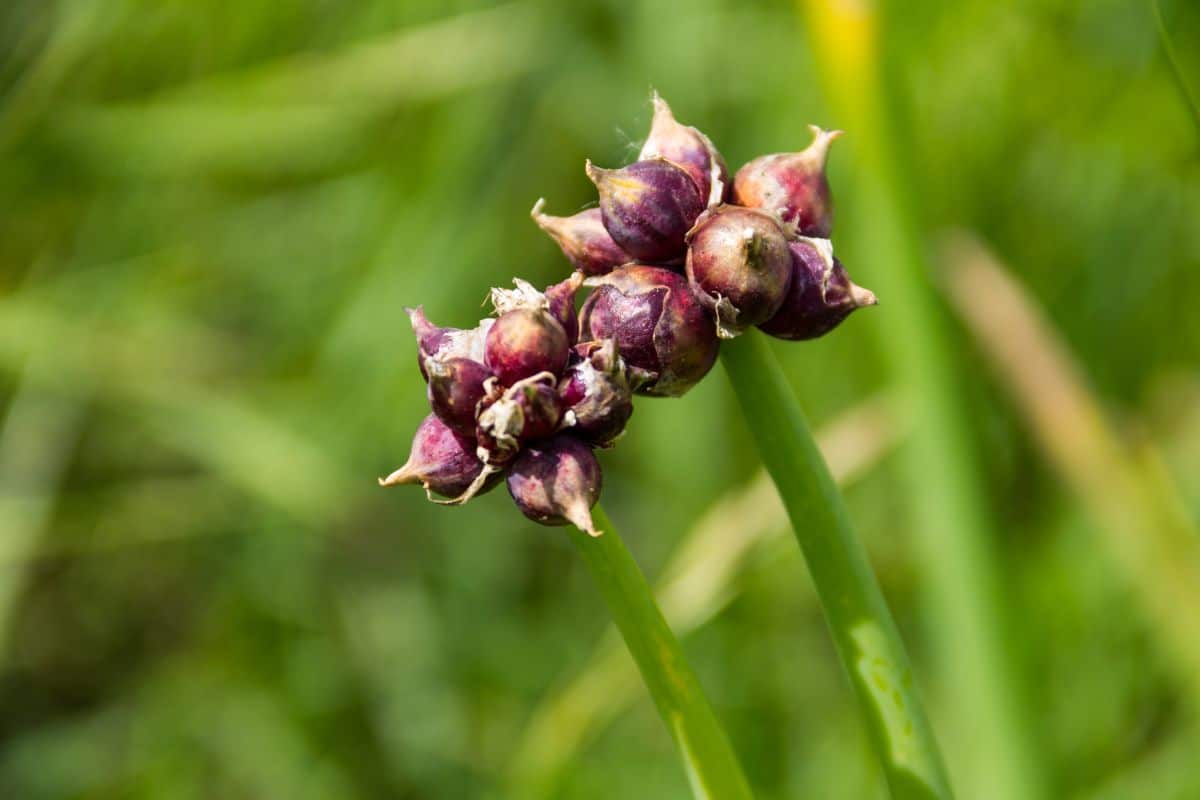
Also known as walking or bunching onions, Egyptian Onions are a wild and fun edible perennial in the garden. In late summer, the onion bulbs grow in clusters on top of the tall green stalks. Egyptian onion bulbs are tiny but grow in crazy abundance, so you'll never be lacking fresh onions.
Egyptian onions are commonly called walking onions because when the mature bulbs make the plant top-heavy, the stalks will tip over and replant themselves wherever they land. Egyptian onions can travel up to 24 inches in a year! These onions taste more like shallots than classic onions.
Hardy to zones 3-10
Lovage (Levisticum officinale)
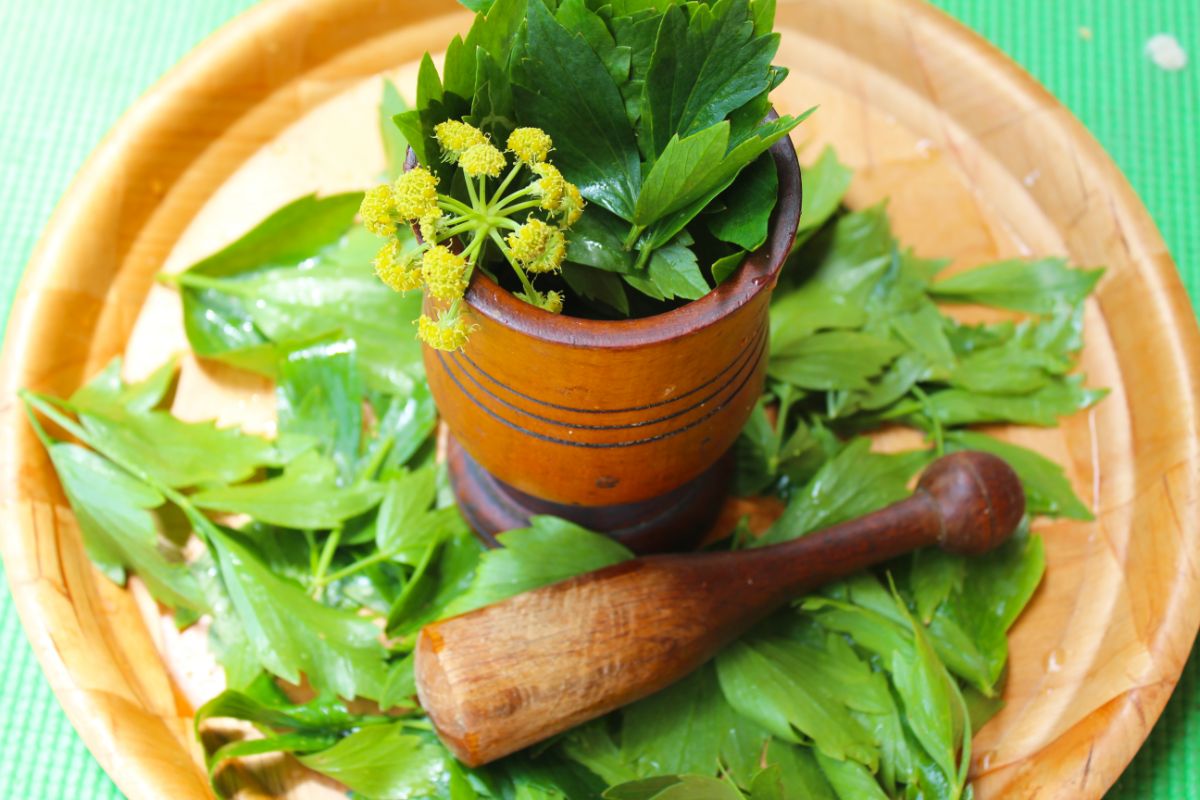
Lovage is a perennial with many merits. The roots are harvested as a vegetable, the leaves are utilized as an herb, and the seeds are a spice used in southern Europe. Lovage gets big, averaging 6-8 feet tall. This edible perennial has been cultivated in Europe for a long time and is used to make salads, soups, and spices.
Lovage tastes reminiscent of celery crossed with citrus, deep and bold. It grows quickly and fuss-free but also reseeds easily and can become invasive if not watched. Lovage prefers cool climates, dying back in winter to re-emerge in early spring.
Popular since Roman times, Lovage is also valued for its purported medicinal properties. It is used as an anti-inflammatory, a treatment for jaundice, and to regulate menstrual cycles. Tinctures and salves made from the leaves are used topically to treat rashes, psoriasis, and acne.
Hardy to zones 3-9
Horseradish (Armoracia rusticana)
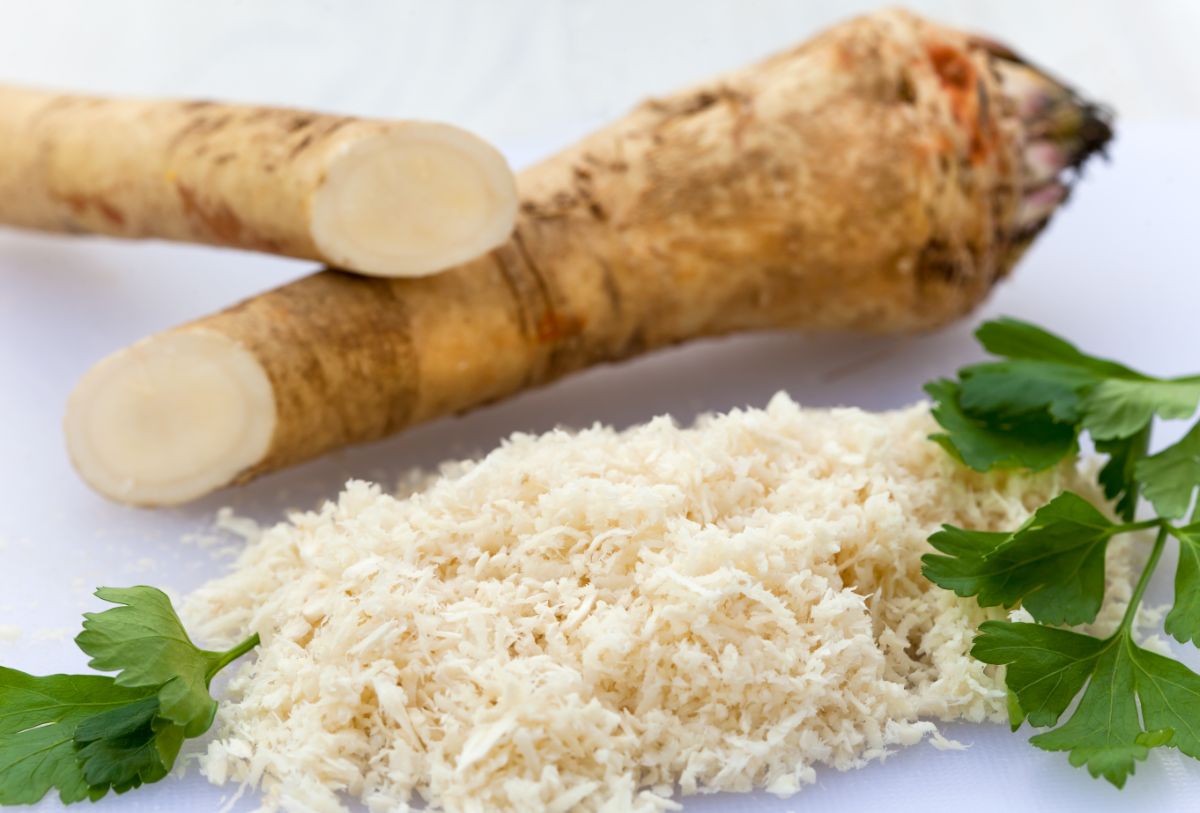
Plant the perennial Horseradish in your garden if you like a bit of spice. Horseradish is native to Europe and Asia but happily forms dense patches wherever it might grow. It tends to get invasive if not managed. However, it grows effortlessly in deep containers, thankfully.
Horseradish is grown for its roots, which are harvested in autumn. The roots grow wild and prolific in dense straggly bunches. Any root left in the ground will sprout and spread underground, which is how it becomes invasive. Horseradish is eaten around the world as a sauce and vegetable.
Hardy to zones 2-9
Salsify (Tragopogon porrifolius)
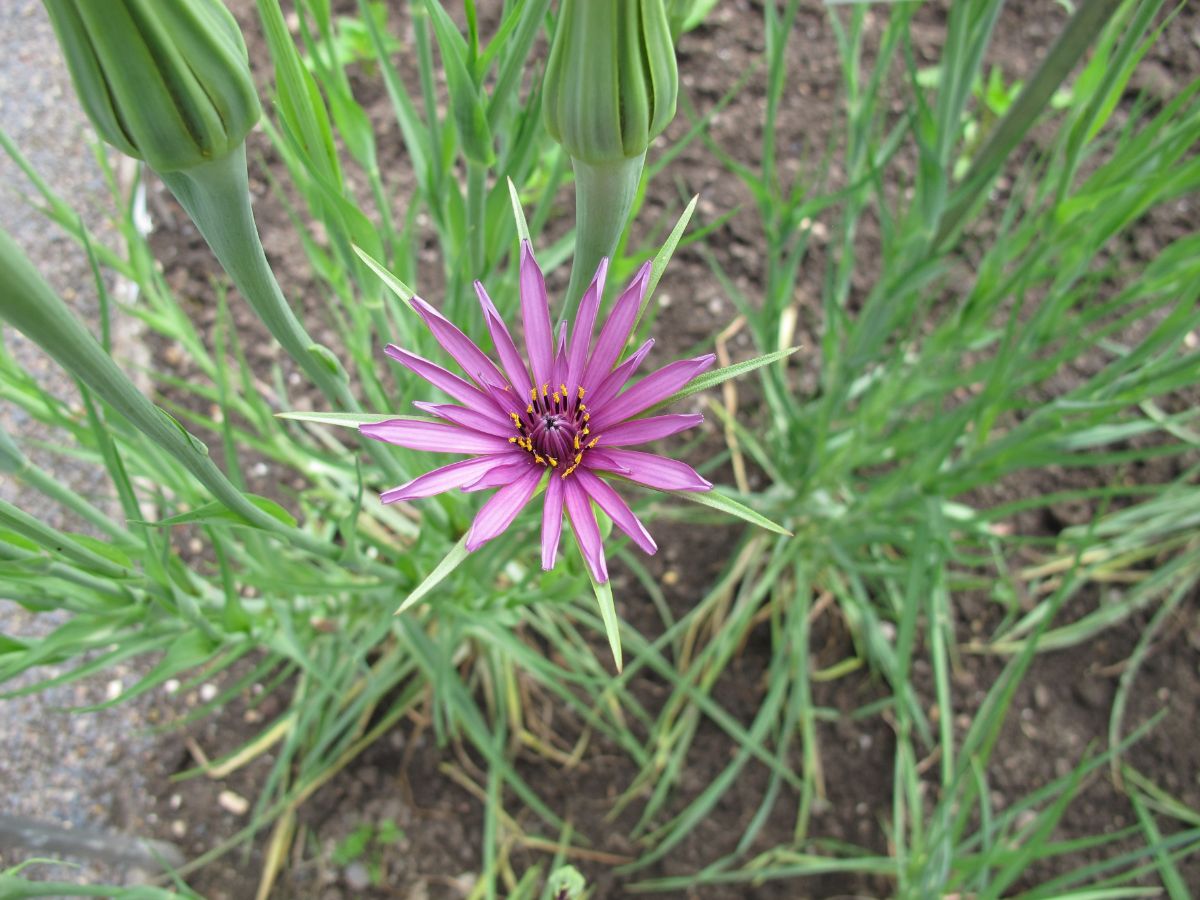
An odd root vegetable with a unique, oyster-like flavor, Salsify is easy to grow. It is an ideal edible perennial vegetable, growing quickly and effortlessly. Salsify is a member of the dandelion family, with an edible root that resembles a long, narrow parsnip.
The flesh is white and creamy and commonly prepared like potatoes, mashed, boiled, steamed, or roasted. Salsify leaves are also edible and taste like spinach. This root perennial is a winter vegetable, ready to harvest from October through January.
Hardy to zones 6-8
Sorrel (Rumex acetosa)
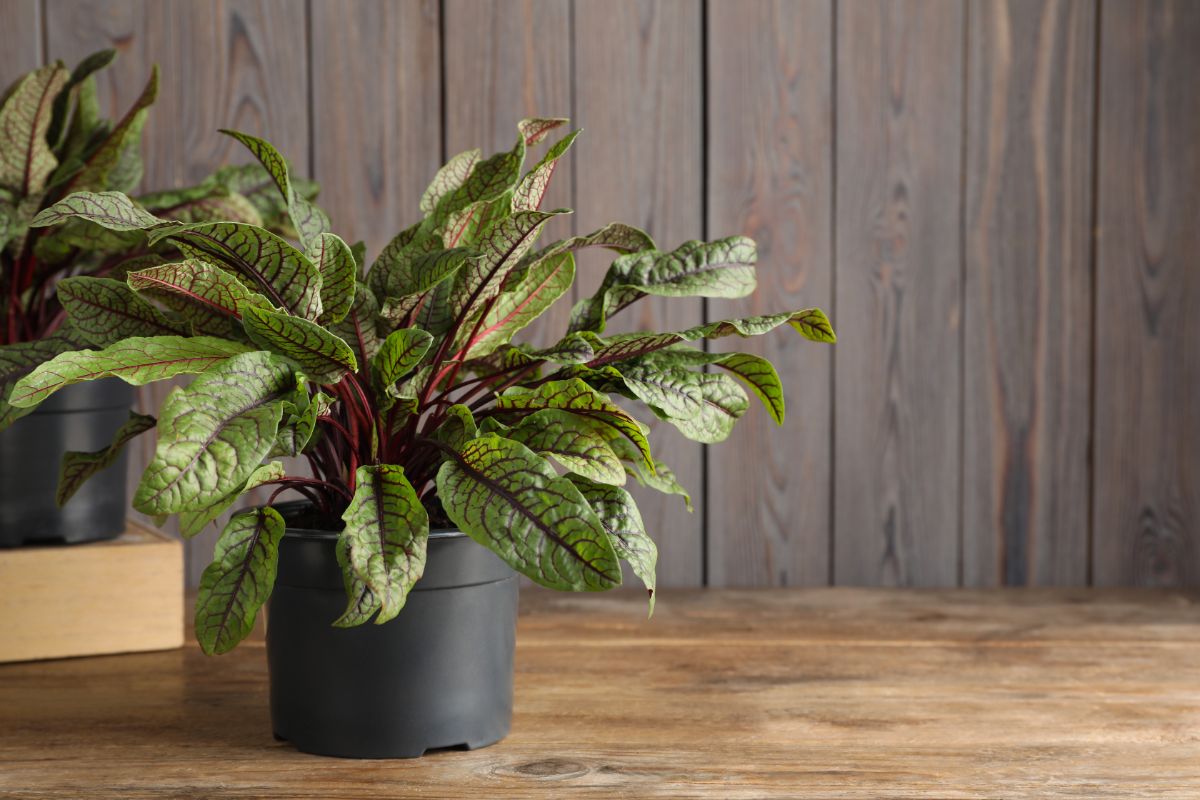
Also commonly called spinach dock or narrow-leaf dock, Sorrel is an easy-to-grow edible green from the rhubarb family. Sorrel greens have a lovely sour tanginess when young. Older leaves turn really bitter. Sorrel is a prolific grower and is one of the first greens to sprout in spring.
Sorrel is an herb used mainly to flavor dishes. It will grow like a weed wherever it is planted, so give it space or plant it in a container. Start new sorrel seeds every few years as more mature plants grow stronger flavored or bitter leaves.
Hardy to zones 5 and above
Elderberry (Sambucus canadensis)
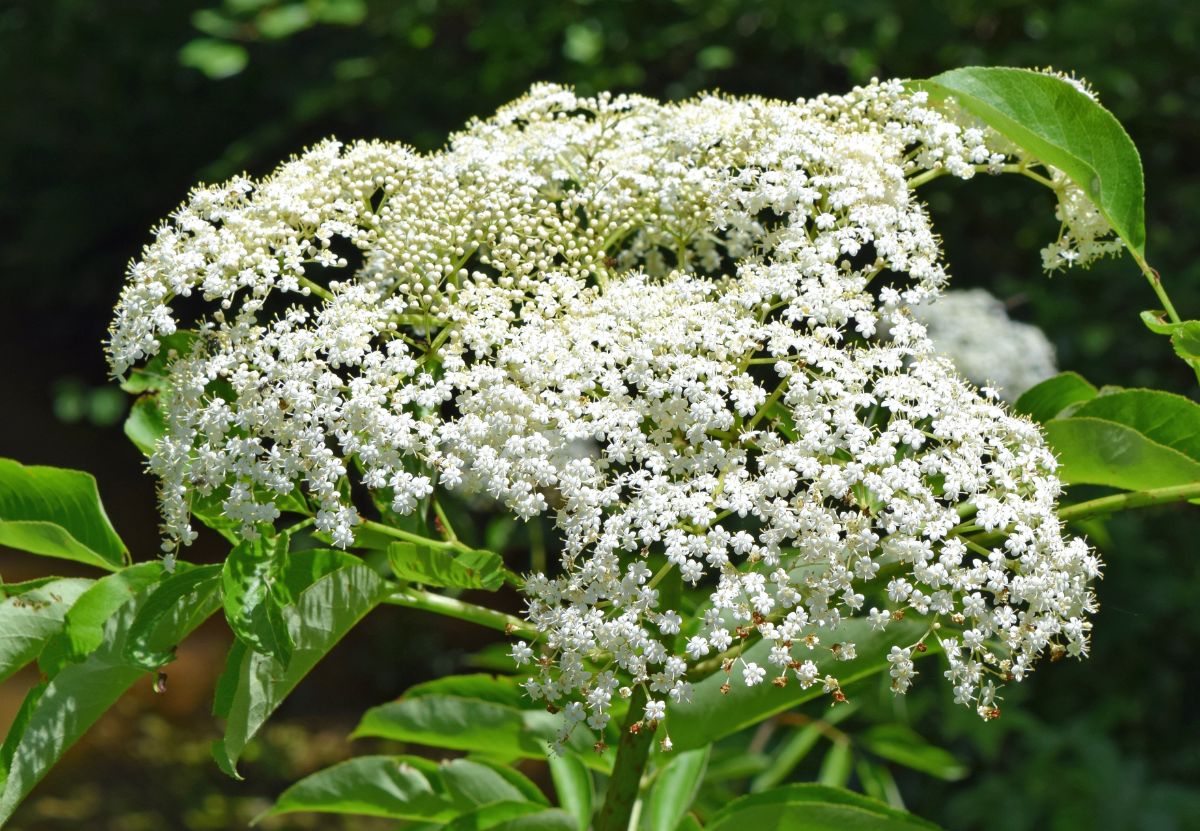
Elderberry trees are making a comeback as an important, versatile fruit tree with immense culinary and medicinal value. The great thing about this edible perennial is that it produces so much fruit, it may even be considered too much (if that's a thing!). You'll need at least two trees for successful pollination. Elderberry trees are native to North America.
Elderberry trees, or bushes, grow 5-10 feet tall, so you'll need to set aside some space for them but not as much as other fruit trees. Elderberry syrup boosts the immune system, and the berries make excellent wine.
Hardy to zones 3-8
Jerusalem Artichoke (Helianthus tuberosus)
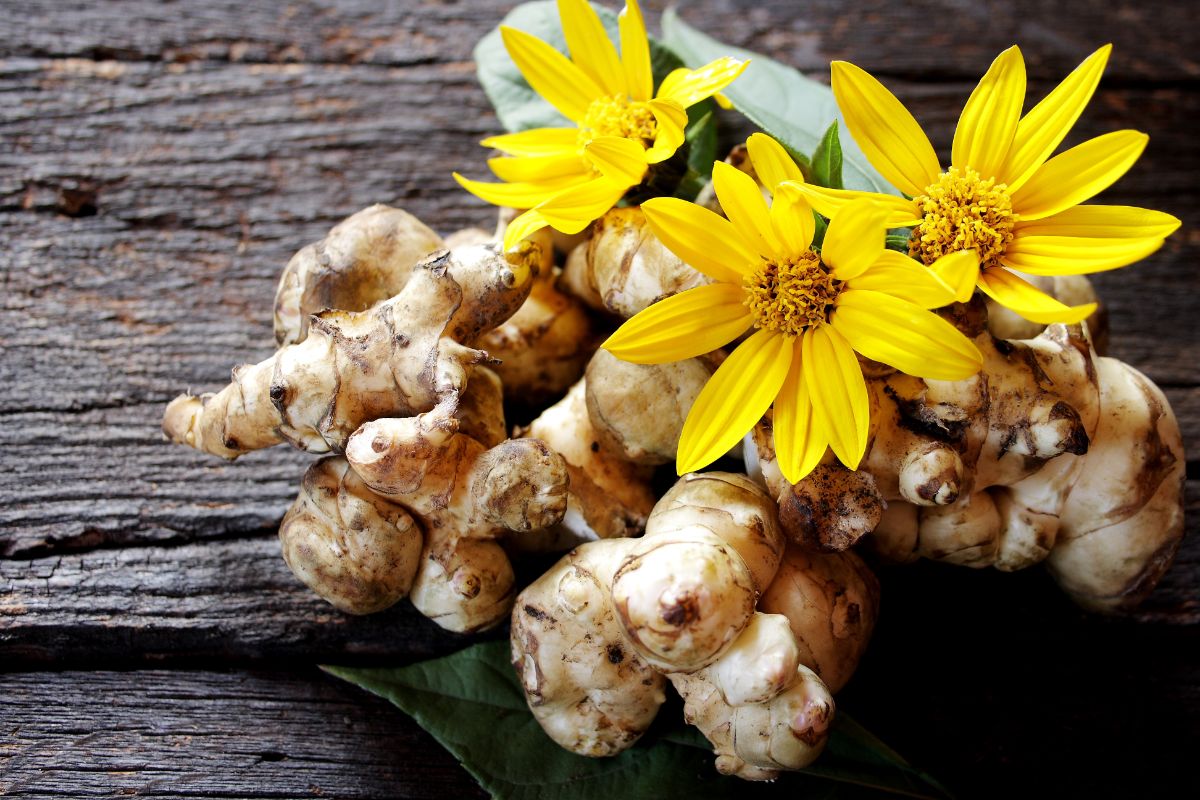
Also known as sunchokes, Jerusalem artichokes are sunflower-like plants producing edible and tasty tubers. The plants grow quite tall, averaging 8-10 ft high, and sprout a small sunflower head on top of its stems. Jerusalem artichokes are native to central North America, extremely hardy, and widely cultivated.
Jerusalem artichoke roots are harvested in the fall. They are usually treated like potatoes, boiled, roasted, or steamed. The flavor of these starchy tubers is mild, nutty, and slightly sweet. Sunchokes are drought-tolerant and reliable, even when other plants fail.
Hardy to zones 3-8
Fiddlehead Fern (Ostrich Fern)
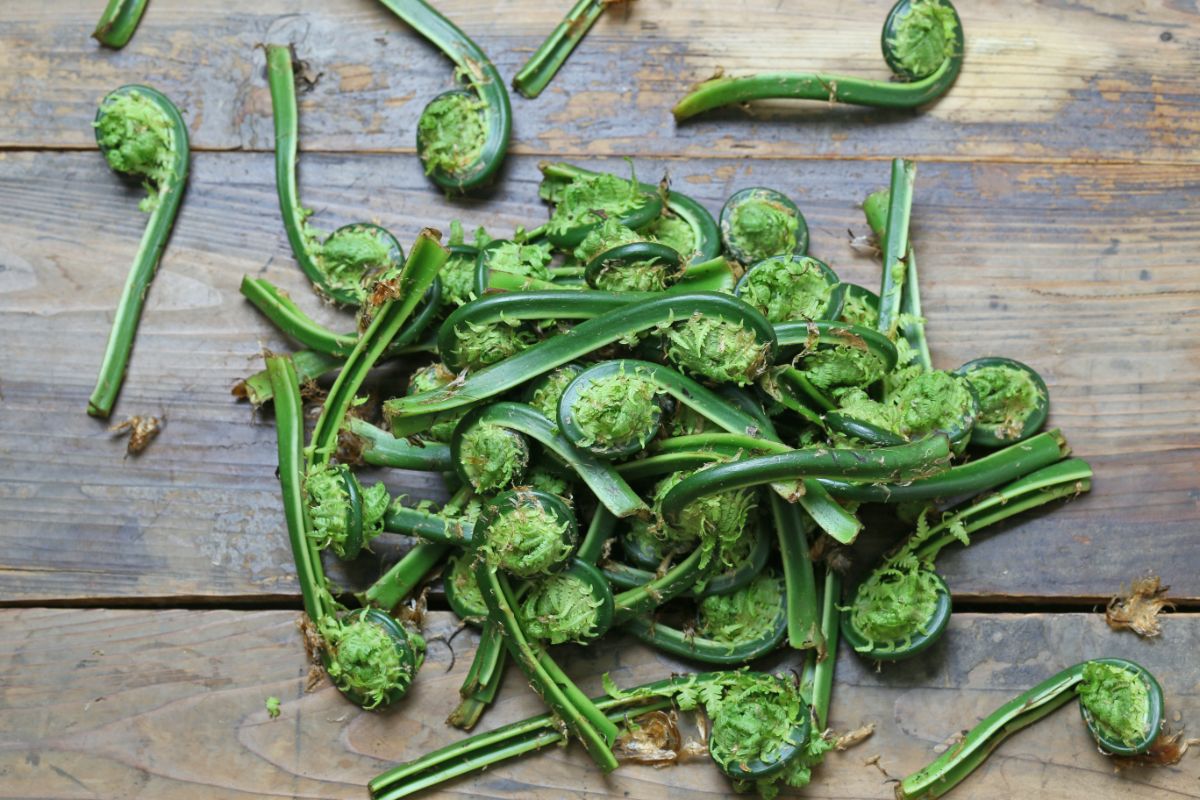
A popular northeastern North America native fern, fiddleheads are a delicacy in early spring. All ferns have fiddles (the furled fronds of a newly sprouted fern), but not all fern fiddles taste good. Ostrich fern fiddles are delicious, though. The flavor is like fresh-picked asparagus.
The fiddles must be harvested young before they unfurl and the brown papery husks removed. They can be a little time-consuming to prepare, but the fresh, delicate flavor in early spring is worth it.
Fiddleheads can be wild-foraged or cultivated. Seeds take a while to germinate, but ostrich ferns will reseed and propagate readily for years once a colony is established. Ostrich ferns get their name from their colossal plume-like fronds – plants grow up to 6-feet tall!
Hardy to zones 3-7
Watercress (Nasturtium officinale)
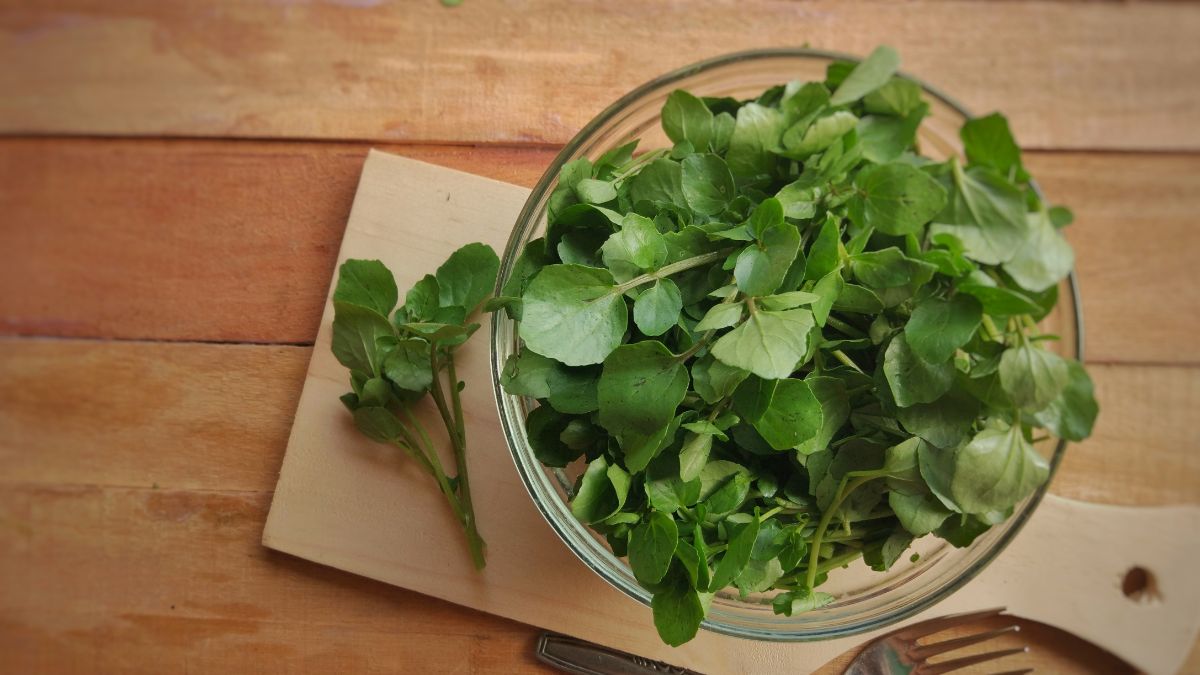
This aquatic perennial is a rapid grower with a rich, peppery kick. Watercress isn't an easy plant as it needs specific growing conditions and is prone to pests. However, it's not impossible if you have a good water setup. Watercress is highly nutritious, with lots of vitamins and minerals.
Watercress sprouts and leaves are popular, and both should be harvested while young. The foliage gets bitter when the plant starts flowering. Watercress is excellent raw or cooked.
Hardy to zones 5-10
Groundnut (Apios americana)
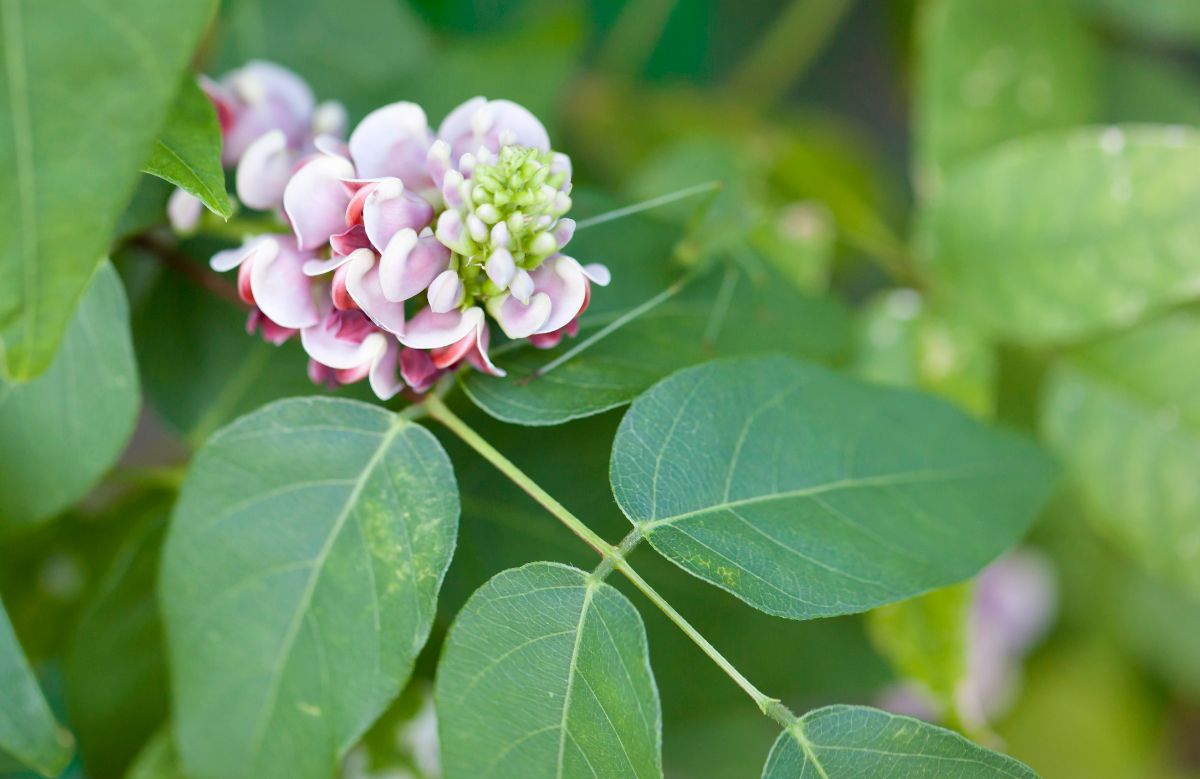
This native perennial is a great edible plant, but it can become invasive. If you decide to grow groundnut, do so in a large pot or container, like potatoes. Do not plant it in your garden! Groundnut tubers grow readily and produce plentiful edible roots.
The vines grow up to 10-feet, so a trellis or cage is useful. Groundnut tubers are fleshy and resemble potatoes in flavor but are a little sweeter. They're an excellent source of protein, with three times more than a potato.
Hardy to zones 3-7
Cardoon (Cynara cardunculus)
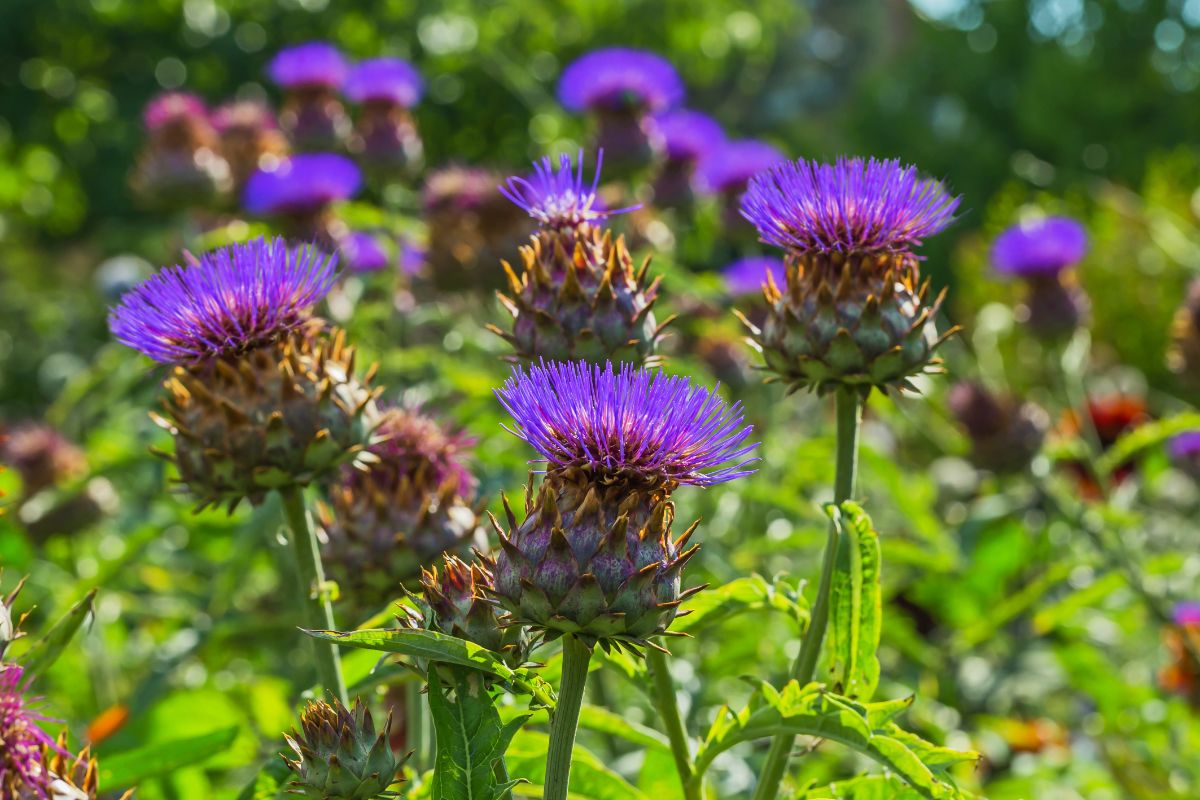
A thistle that isn't easy to cultivate, Cardoon is entirely worth the effort if you have the patience. Globe artichokes are a cultivated version of Cardoon, but the harvestable parts are quite different. Cardoon is appreciated as an edible perennial for its stems.
This perennial grows up to 5-feet tall and has deeply lobed spiny greenish-gray leaves. Cardoon is a Mediterranean vegetable and not frost tolerant. It has a long growing season, as well, so it isn't the best choice for cooler climates. Look for spineless cultivars of this edible perennial! The stems of the wild version are often covered in tiny, invisible prickly spines.
Cardoon leaf stalks taste somewhat like artichokes but with a slightly bitter hint. The massive stems look like giant celery stalks and are best braised or steamed, but they are also commonly preserved in brine and added to soup or stew.
Hardy to zones 7-10
Sea Kale (Crambe maritima)

This perennial is touted in many guides as an excellent food source for an edible landscape. Sea Kale is fantastic; however, it is extremely difficult to source seeds or plants. Then, even if you source seeds, getting them to germinate is challenging. If you are lucky enough to get this plant growing and established, it is a versatile and yummy green. The leaves, shoots, and flowers are all edible.
Hardy to zones 5 and above
Good King Henry (Chenopodium bonus-henrius)
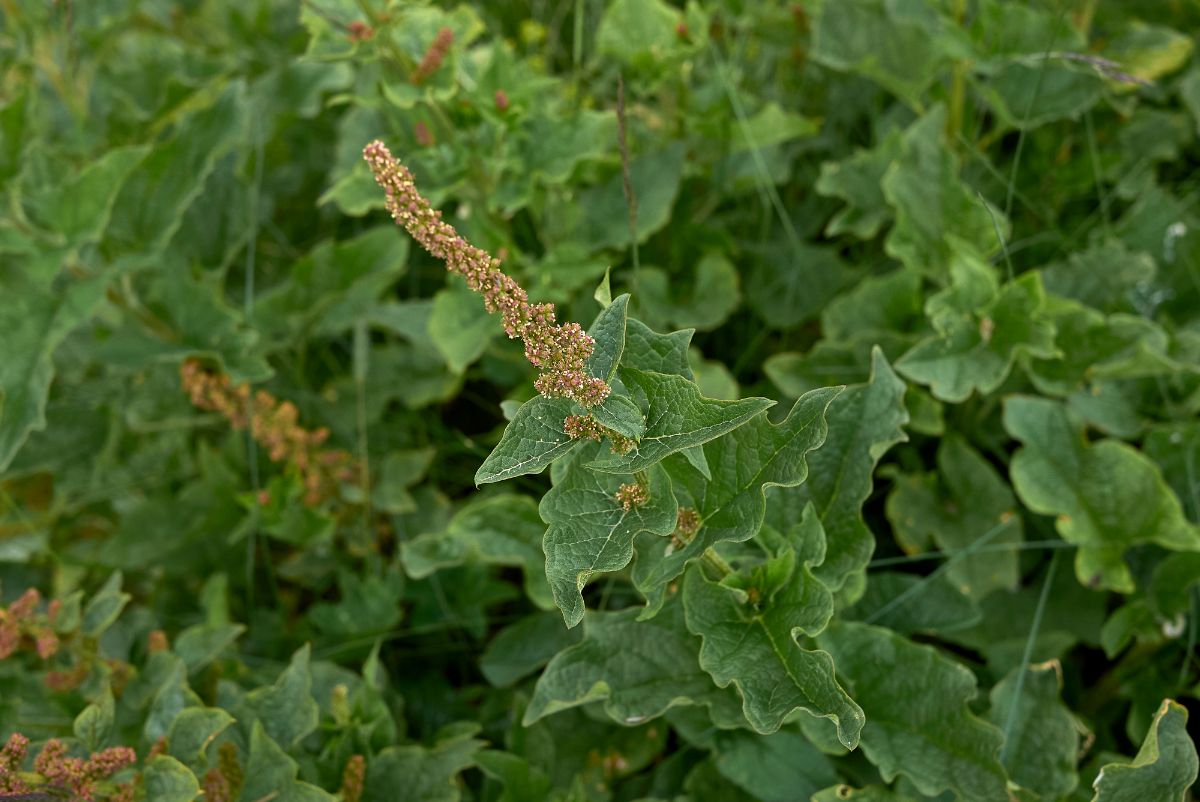
Another oft-mentioned edible perennial that is difficult to source, Good King Henry is fantastic if you can find it. It's an old-time plant that was popular as a vegetable in medieval times. It tastes like bitter spinach, and the shoots are prepared like asparagus. Good King Henry is difficult to germinate, but it produces fresh leaves from early spring through fall once it starts. Shoots and leaves are edible.
Hardy to zones 3-9
Nuts: Almonds, Hazelnuts, Walnuts, Chestnuts
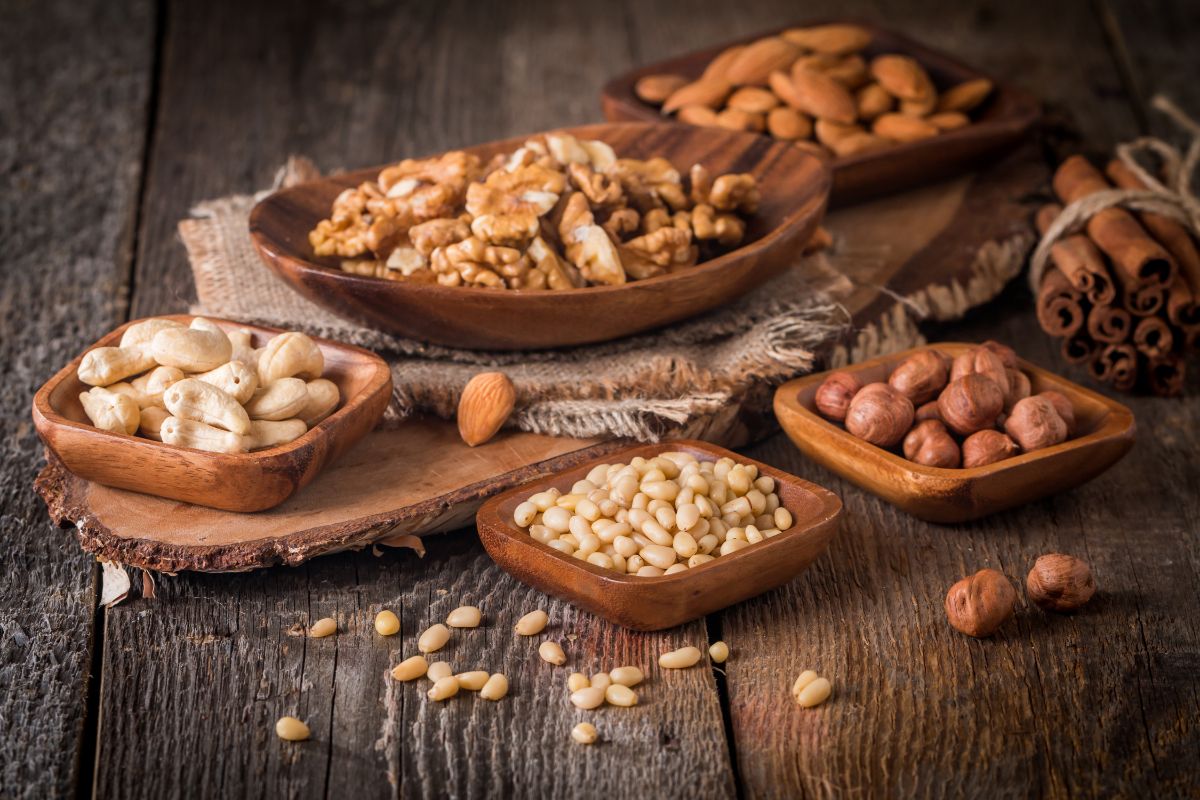
Nut trees are often overlooked when planning a landscape because they are quite large, and it takes time and patience to reach maturity and produce reliable harvests. However, nut trees are a valuable asset in any edible landscape. Many will outlive the planter, providing a faithful crop for decades or even centuries.
If you have the space, nut trees improve the edible landscape immensely. Most nut trees need at least two of the same species to pollinate, so that must be kept in mind, too.
Hazelnuts are among the smaller trees, averaging 15-feet tall and wide, making them ideal for smaller spaces. They are also one of the easier nut-producing trees to grow. It takes approximately 3-4 years to mature from the rootstock, or ten years if planted from seed.
Almond tree trees like hot, dry temperatures and will only grow in zones 7 or higher. They are rather fussy trees and aren't recommended for beginners.
Hardiness varies by species.
Herbs: Rosemary, Oregano, Thyme, Sage, Mint
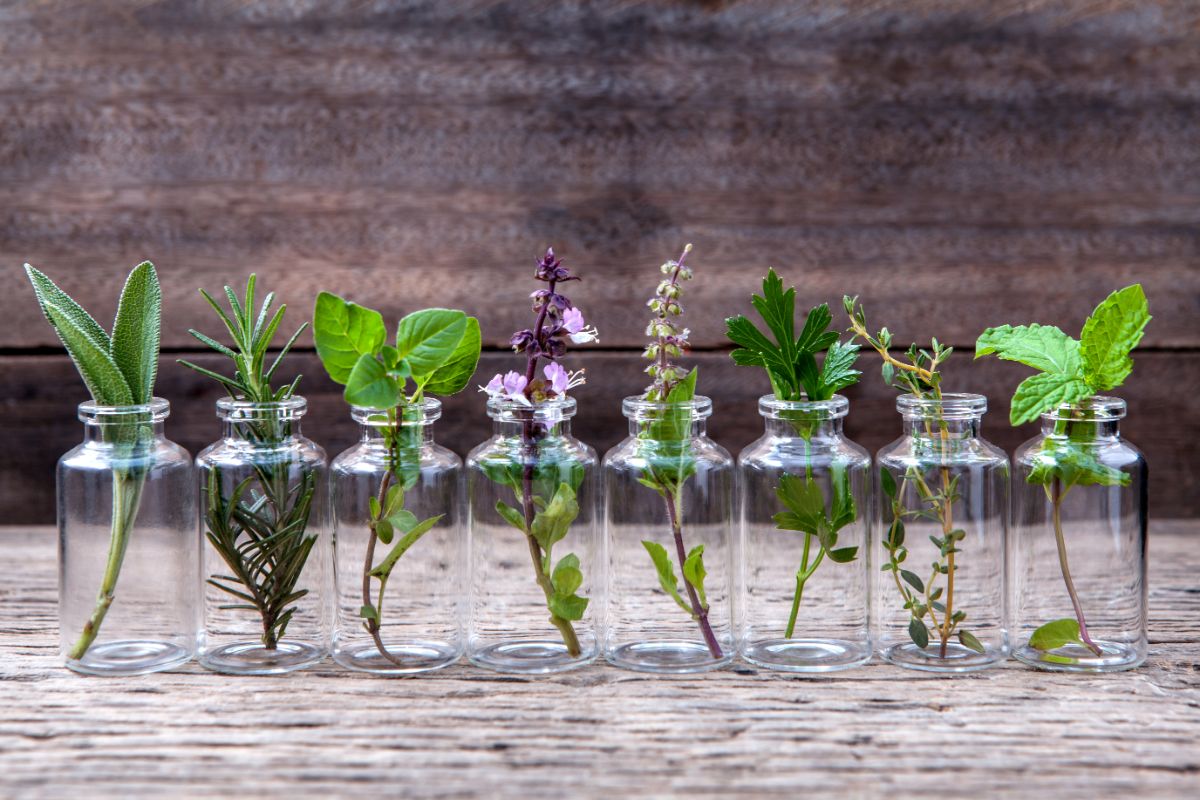
So many delightful herbs are perennials, including rosemary, thyme, mint, oregano, marjoram, sage, and mint. Plant a variety of these for culinary, medicinal, and fragrance, and you won't be disappointed. Research each one before planting as they have different space and sun requirements.
Rosemary may reach up to 4 feet tall and grows lush and fragrant for many years, but is only reliably perennial in zones 8 and above. On the other hand, Sage is perennial in zones 5-8 and grows 12-30 inches tall. Mint is extremely hardy, growing strong in zones 3-8 and averaging 1-2 feet tall, depending on the species.
Hardiness varies by species.
Berry Bushes: Raspberries, Blackberries, Blueberries
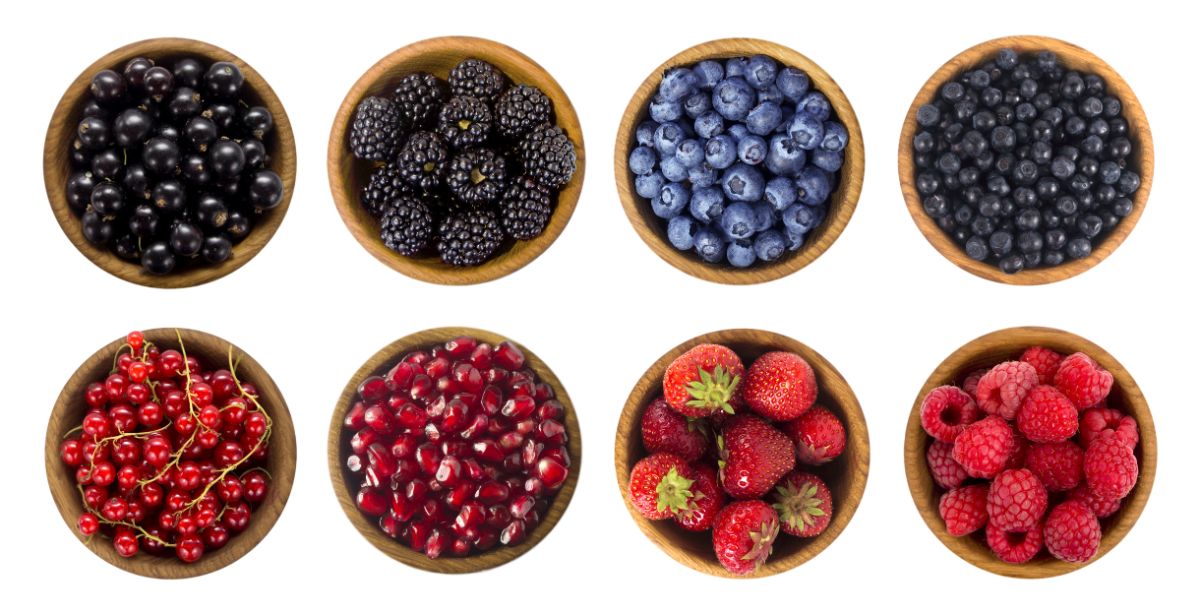
No list would be complete without the quintessential berry bushes that we all know and adore. Raspberries and blackberries grow on tall canes, while blueberries grow on bushes. All of these berries can be grown in smaller spaces and are relatively easy to grow. In fact, you'll have to keep a close eye on the raspberry and blackberry bushes to ensure they don't take over the yard.
There are tons of varieties and cultivars to choose from, with many thornless options, too. It takes 3-5 years for these berries to establish, but it's fresh berry heaven for all once they do.
Hardy to zones 3-9, depending on species
Fruit Trees: Pears, Peaches, Plums, Apples, Apricots, Cherries
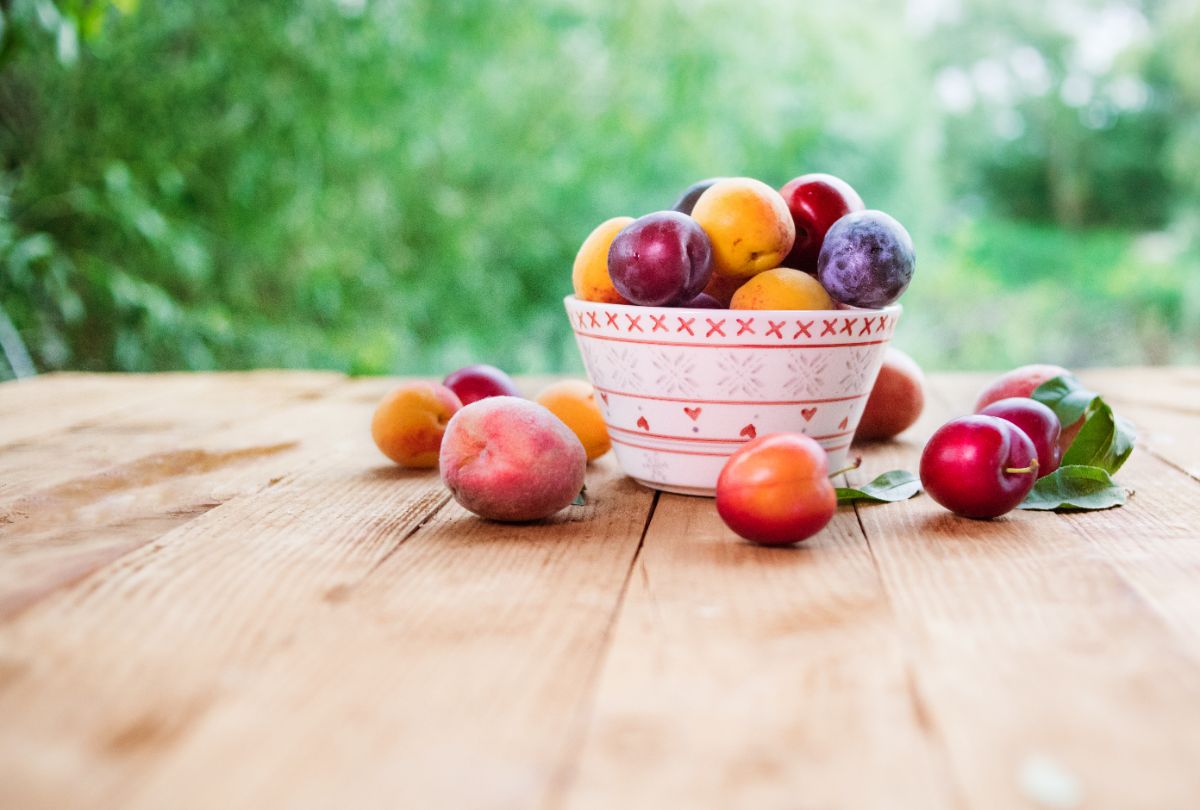
So many fruit trees to choose from; all you need is a little space and a bunch of patience. Most of these fruit trees take 5-8 years to establish, but they'll produce for years once they've matured. Cherries are among the easiest to grow and don't need much pruning. You do need more than just one for them to cross-pollinate. All other fruit trees will need yearly pruning and consistent monitoring.
Fruit trees require space; don't forget they spread out as well as grow tall. For the best harvests, choose fruit trees that are resistant to common pests and diseases. Unfortunately, many fruit trees suffer from pests that ruin the crop.
Hardy to zones 3-11, depending on species

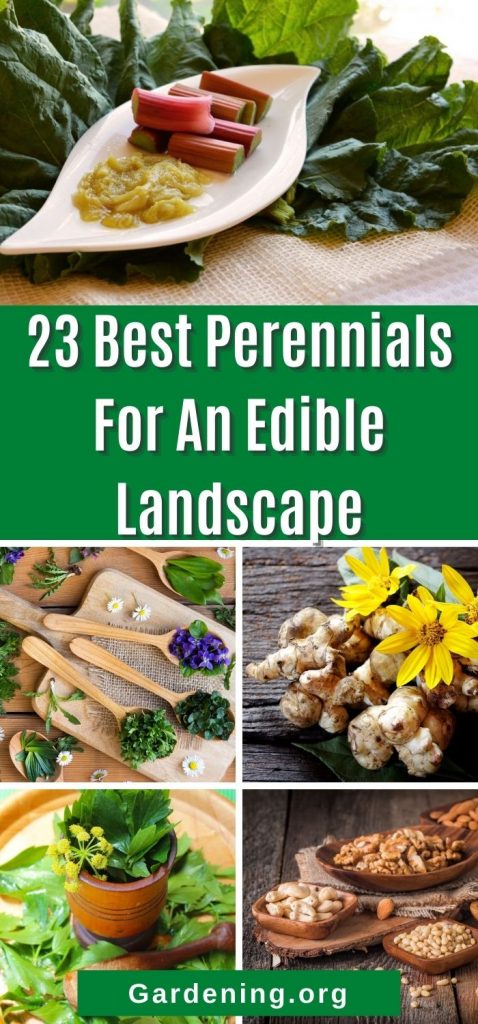
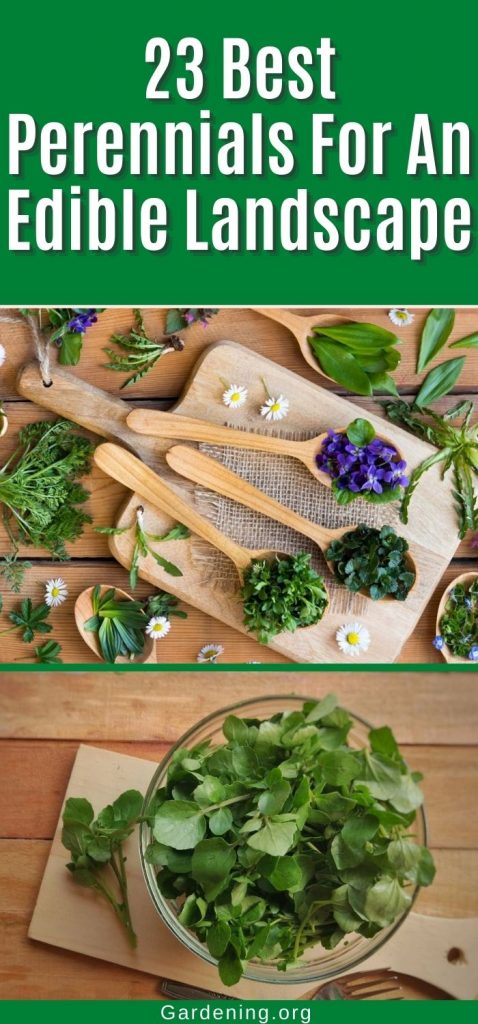
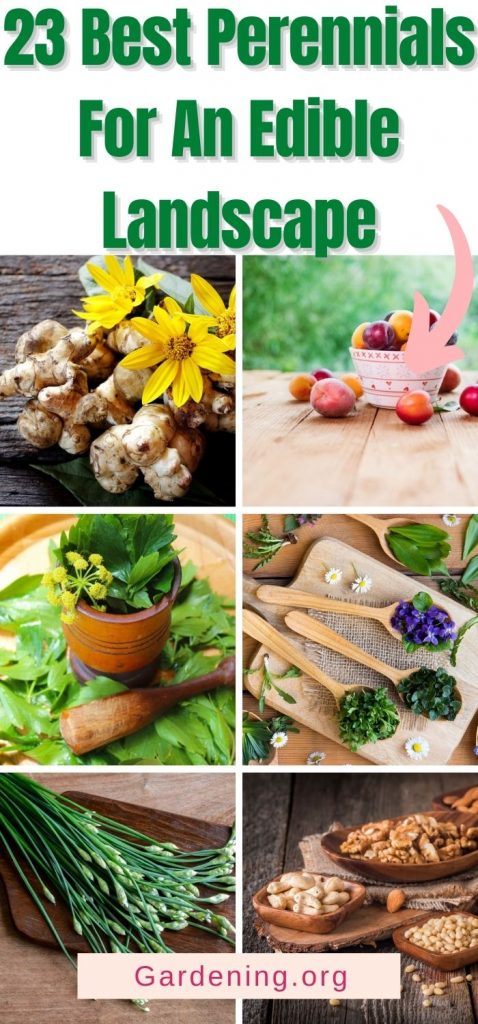
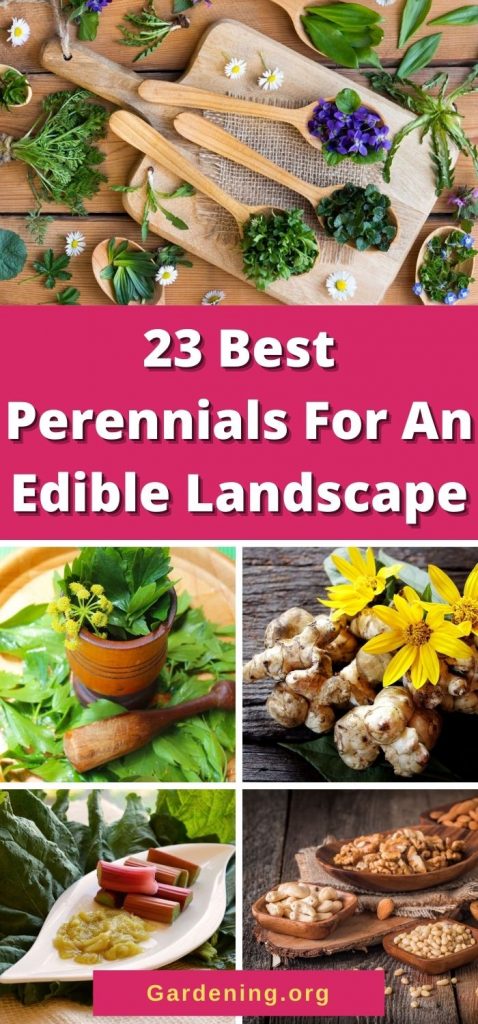
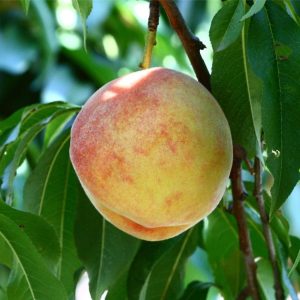
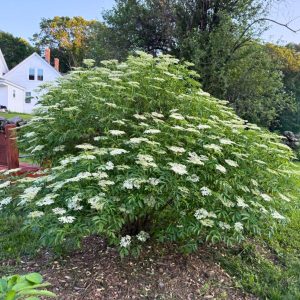
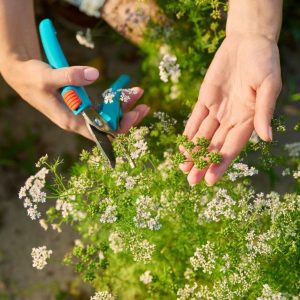
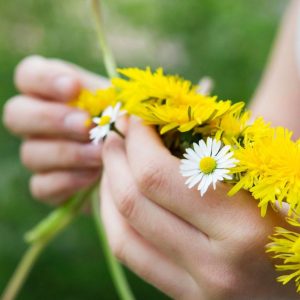
Sandra Brigando
Thank you. Informative n well written.
Donna
😊 thank you. I enjoyed reading this article and learned several new things. It’s also well-written and has something for everyone.